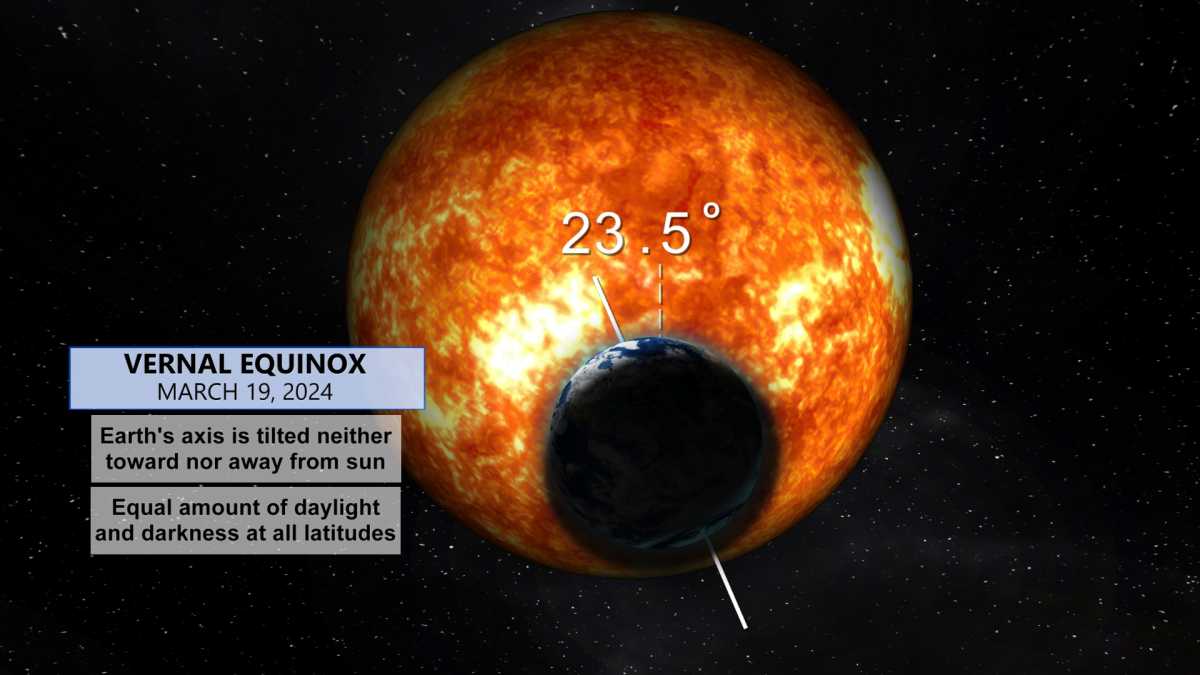World
Celebrating the Vernal Equinox: The Astronomy Behind the Spring Season

As the Earth orbits the sun, it tilts at an angle resulting in varying sunlight distribution across the planet throughout the year. This tilt creates the phenomenon known as the vernal equinox, where both the Northern and Southern Hemispheres receive equal amounts of sunlight. It is an astronomical alignment that marks the start of the spring season in the Northern Hemisphere.
The term ‘equinox’ originates from Latin words signifying equality and night, highlighting the balance between day and night during this celestial event. In 2024, the vernal equinox occurred on March 19 at 11:06 pm Eastern Daylight Time.
Unlike the equinox, solstices mark the extremes of the Earth’s tilt, leading to significant differences in sunlight exposure between the hemispheres. The summer solstice, occurring between June 20 and 22 in the Northern Hemisphere, offers the longest day of the year, while the winter solstice, between December 20 and 23, delivers the shortest day.
In contrast to meteorological seasons, which are based on temperature fluctuations, astronomical seasons derive from the Earth’s positioning relative to the sun. Equinoxes herald the arrival of spring and autumn, while solstices signal the onset of summer and winter, defining the cyclical nature of our planet’s orbit.












